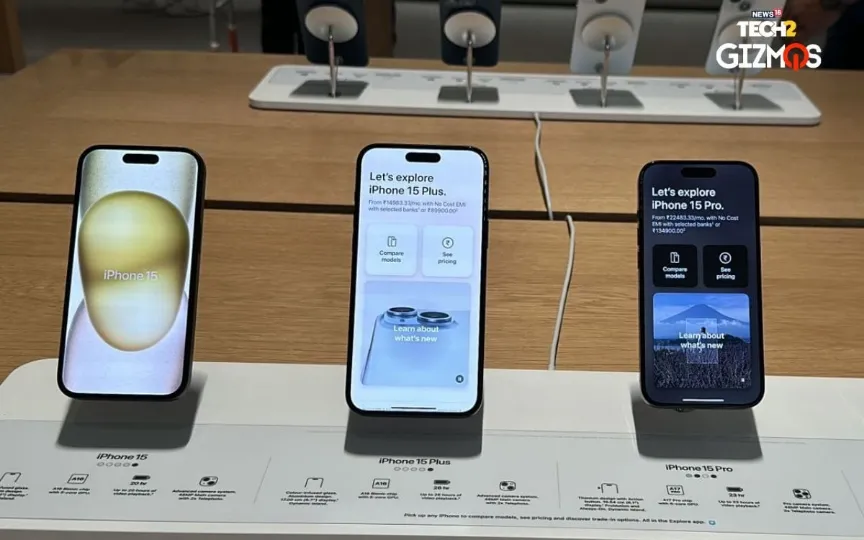Apple cautions that India’s local production goal will be impacted by the country’s EU-style charger regulations.
Apple has told India that its local production targets will be met if New Delhi follows the European Union in requiring universal charging ports on existing iPhones, a government document shows, as the US tech giant lobbies for an exception or a delay.
India wants to implement a European Union rule requiring smartphones to have a universal USB-C charging port and has been in talks with manufacturers to introduce the requirement in India by June 2025, six months after the EU deadline. While all manufacturers, including Samsung, have accepted India’s plan, Apple is pushing back.
For years, Apple has offered a unique lightning connector port on its iPhones. However, the EU estimates that a single charger solution would save consumers about $271 million, and India has said the change will reduce e-waste and help users.
In a closed-door meeting led by India’s IT ministry on November 28, Apple asked authorities to exempt existing iPhone models from the rules, warning that otherwise it would struggle to meet production targets set under India’s production-linked incentive (PLI) scheme. Minutes of the meeting seen by Reuters.
PLI is a key initiative of Prime Minister Narendra Modi and provides Indian electronics manufacturers with tax incentives for new investments and telesales. Apple suppliers such as Foxconn have used it extensively to expand iPhone manufacturing in the country.
“If the regulation is implemented on previous cell phone models, they (Apple) will not be able to meet PLI goals,” the memo quoted Apple’s regulatory and product compliance executives as saying in opposition to the rules.
Apple did not specify the production impact at the meeting, and the IT ministry decided to review its request and make a decision later, two people familiar with the discussions said.
Apple, whose Indian lobbying is being reported for the first time, and India’s IT ministry did not respond to Reuters requests for comment.
THE DESIGN CANNOT BE CHANGED
India is considered Apple’s next growth frontier after China.
Well-known Apple analyst Ming-Chi Kuo has estimated that 12-14 percent of iPhone production in 2023 will come from India, and next year the share is expected to rise to 25 percent.
In terms of market share, Apple’s share of India’s booming smartphone market is 6 percent, compared to only about 2 percent four years ago. Counterpoint Research estimates that Apple’s suppliers have expanded their facilities and manufactured most of the iPhone 12, 13, 14 and 15 models in India for local sales and exports.
Only the iPhone 15 has a new universal charging port. Apple told Indian officials at the meeting that “the design of previous products cannot be changed,” the document showed.
In India’s price-conscious market, consumers prefer to buy older iPhone models, which typically get cheaper with new releases, and India’s push to use a common charger for older models could dovetail with Apple’s goals, said Prabhu Ram, director of the Industry Intelligence Group at CyberMedia Research.
“Apple’s fortunes in India are primarily tied to older generation iPhones,” he said.
EU loading port rules will come into effect in December 2024, and India wants to comply by June 2025.
Apple told officials it could follow that timeline if existing models were exempt from the rules, but would need 18 months after 2024 if they weren’t.
“There should be a natural transition period … keeping in mind product design timelines,” the memo quoted Apple executives telling government officials.




